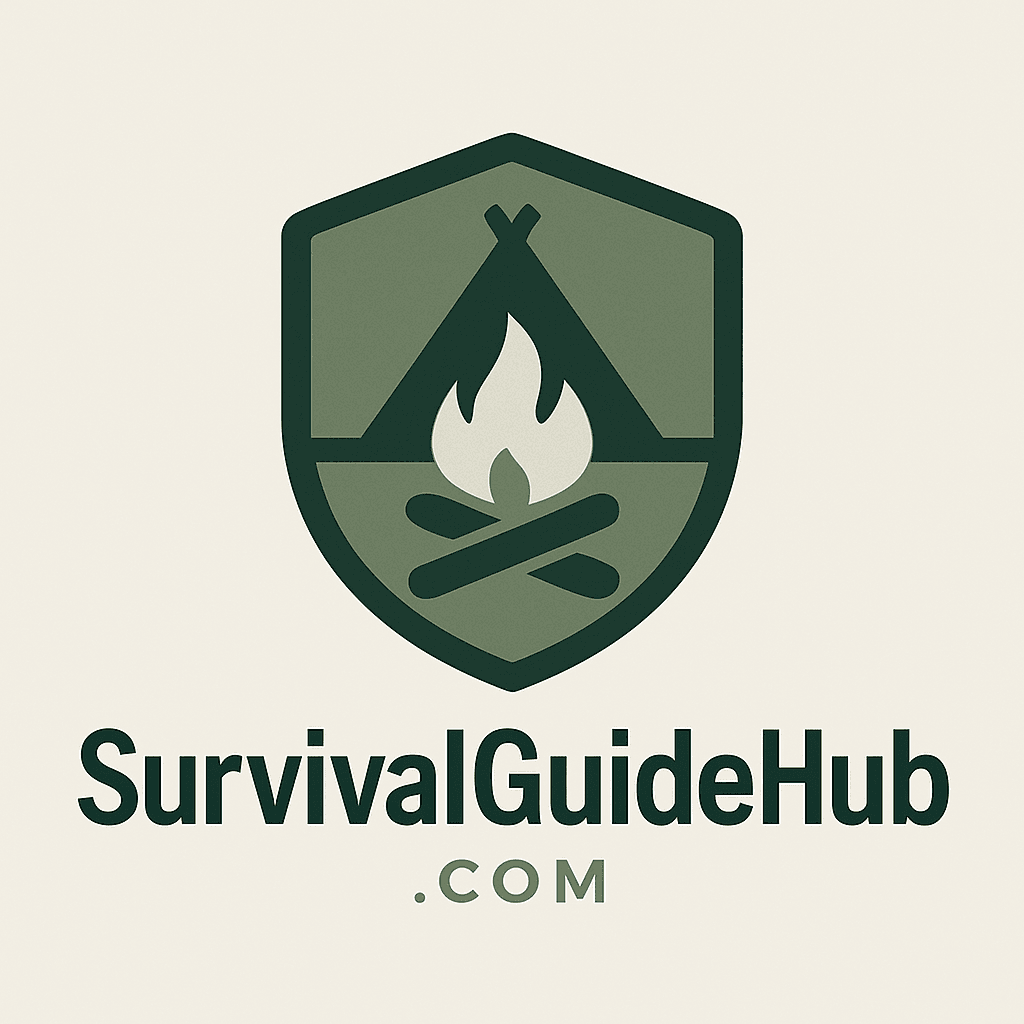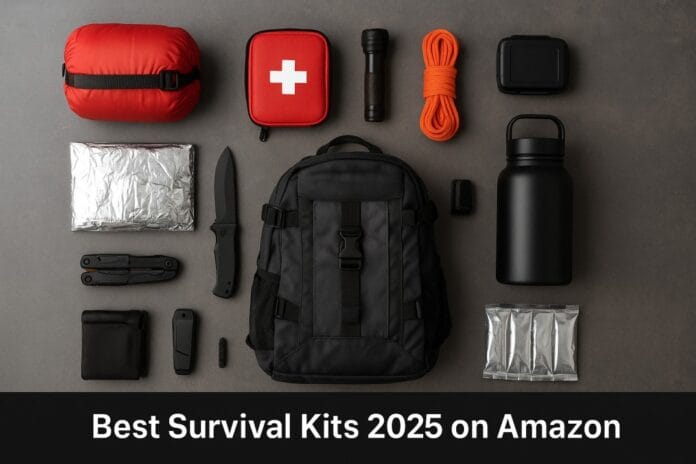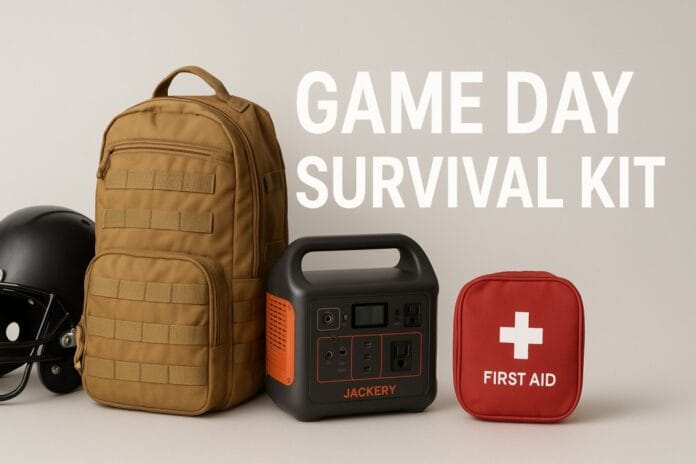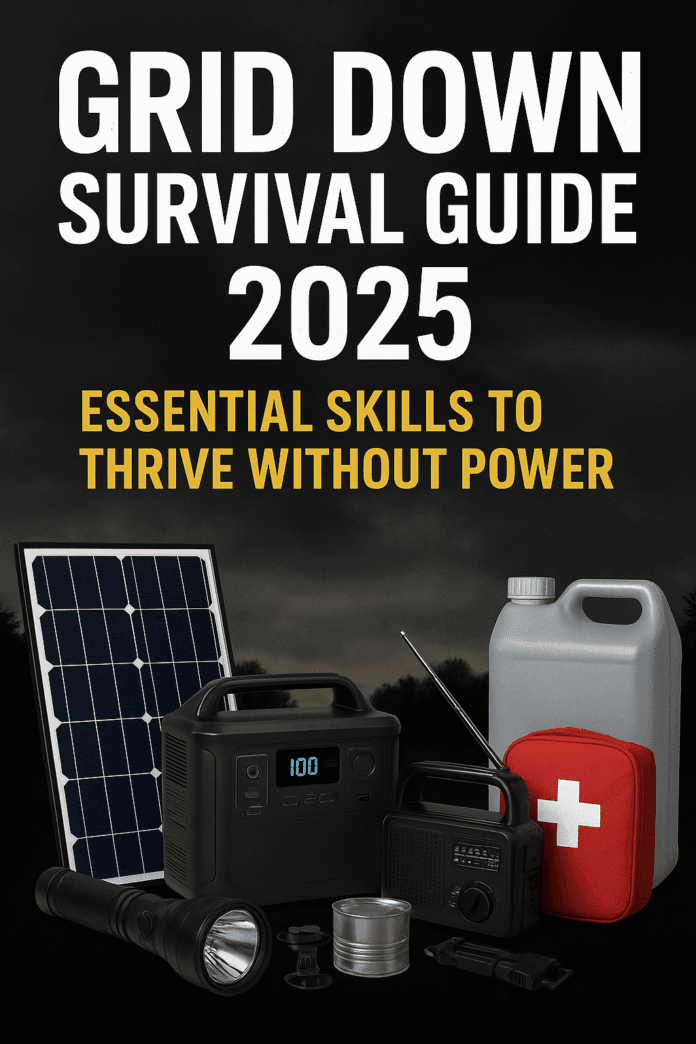Your 7-Day Grid-Down Framework
Use this simple structure to guide purchases and actions:
- Power: Solar generator + battery bank for critical loads (phones, lights, CPAP, router, mini-fridge).
- Water: 1 gallon per person per day + portable filter + ways to sanitize.
- Food: No-cook or low-fuel meals; follow cold-chain rules for your fridge/freezer.
- Heat/Cooling: Warmth in winter; shade/venting/evap-cool tricks in summer; CO safety year-round.
- Comms: NOAA weather radio with hand crank/solar + text-first phone habits.
- Safety/Med: Carbon monoxide detector with battery backup; first-aid; meds refrigeration plan.
Keeping the Lights On: Smart Power Choices
1) What to power (and what to skip)
For a 7-day outage, focus on critical loads: phone, lighting, medical devices, a compact fridge/mini-fridge, a modem/router, and a laptop. Skip space heaters and big hot plates—battery stations aren’t designed for high-draw appliances for long durations.
2) Solar generator sizing (quick math)
If a mini-fridge averages ~60W and runs 8 hours/day, it uses ~480Wh/day. Add lights (50Wh), modem (30Wh), and phones (20Wh) = ~580Wh/day. A 1,000Wh power station gives headroom for cloudy days and device inefficiency.
3) Recharge strategy
- Pair a 1,000Wh+ station with a 100–200W solar panel; top up mid-day.
- Use smaller power banks for phones so the main station focuses on fridge/CPAP.
- Rotate usage: chill the fridge in batches; keep the door closed to retain cold.
Water: Safe, Clean, and Available
Store at least 7 gallons per person for a week. Add two fast, field-proven filters (squeeze + straw) so you can treat questionable sources if needed. Keep unscented bleach for sanitizing (8 drops per gallon of clear water; 16 drops if cloudy—then wait 30 minutes).
Food Safety & No-Power Cooking
Follow official cold-chain guidance: a closed refrigerator keeps food safe up to ~4 hours; a full freezer holds safe temps up to ~48 hours (24 hours if half-full). If the outage will exceed 4 hours, move perishables to coolers with ice packs. When in doubt, throw it out.
- No-cook staples: tuna packets, nut butters, tortillas, shelf-stable milk, oats, dried fruit.
- Low-fuel cooking: canister stove outdoors, rocket stove, or grill—never indoors.
- Thermometers & labels: keep appliance thermometers in your fridge/freezer; label time of outage.
External resource: See official guidance from CDC on food safety during outages (do-follow).
Heat, Cooling & Carbon Monoxide Safety
- Heating: Layer clothing and blankets. Use safe indoor heat sources only. Never run a generator or grill indoors.
- Cooling: Cross-vent windows at night; block sun by day; use damp cloth cooling on pulse points; hydrate aggressively.
- CO Safety: Place generators outside and away from windows; use a battery CO detector.
- Appliances: Unplug sensitive electronics to avoid surge damage when power returns.
Reference: Ready.gov Power Outages and FEMA: Staying warm during outages.
Comms & Information: NOAA Radios + Phone Habits
- NOAA Alert Radio: Hand-crank/solar models keep you updated when cell networks are spotty.
- Phone discipline: Text first; turn on low-power mode; download offline area maps; charge mid-day via solar.
- Neighborhood net: Share updates (downed lines, open cooling centers, available ice) via walkie-talkies or community boards.
Home Safety, Sanitation & Medicine
- Lighting: LED lanterns and headlamps beat candles (burn risk).
- Sanitation: Baby wipes, hand sanitizer, heavy-duty bags, and a lidded bucket for a makeshift toilet.
- Medical & Rx: 7-day supply minimum; backup cooling plan for temperature-sensitive meds (cooler/ice).
- Documentation: Paper list of emergency contacts and critical info; small cash stash.
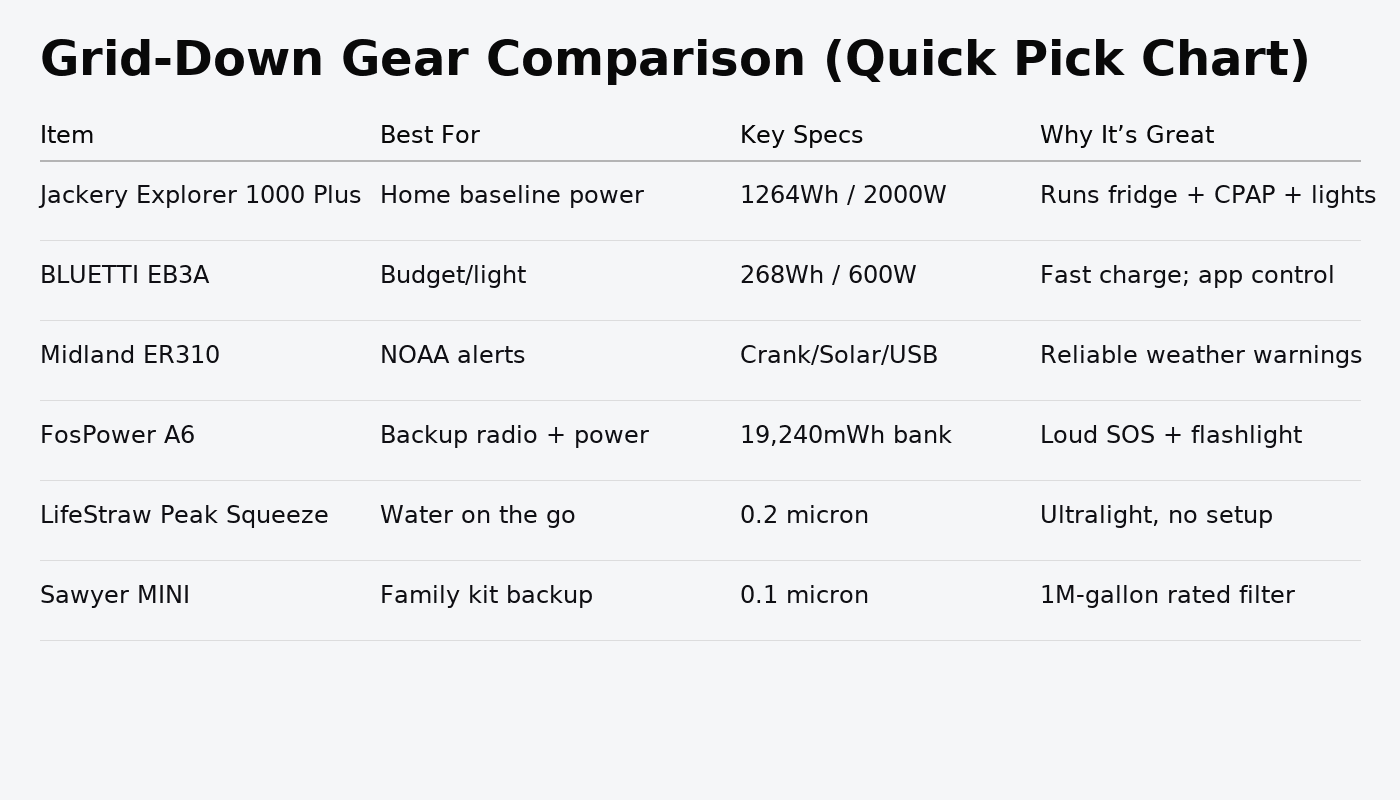
| Product | Best For | Key Specs | Why It’s Great | CTA |
|---|---|---|---|---|
| Jackery Explorer 1000 Plus Portable Power Station | Home baseline power | 1264Wh • 2000W output | Runs mini-fridge, CPAP, router, lights; expandable with solar | Check Price on Amazon |
| Jackery Explorer 1000 (Classic) | Proven performer | 1002Wh • 1000W output | Reliable brand, simple interface, off-grid staple | Check Price on Amazon |
| BLUETTI EB3A | Budget/light users | 268Wh • 600W (1200W surge) | Fast 0–80% charge, app control; great for phones/lights | Check Price on Amazon |
| Midland ER310 Emergency Crank NOAA Radio | Weather alerts | Crank/Solar/USB • Flashlight | Rock-solid NOAA reception; multiple power options | Check Price on Amazon |
| FosPower Emergency Weather Radio (Model A6) | Backup info + power | ~19,240mWh bank • SOS | Charges phones, bright flashlight, SOS alarm | Check Price on Amazon |
| LifeStraw Peak Series Squeeze Bottle (650ml) | Ultralight filtration | 0.2μm hollow fiber | Packable bottle + filter; great backup water plan | Check Price on Amazon |
| Sawyer MINI Water Filter | Family kit backup | 0.1μm • up to 100,000 gal | Affordable, tiny, long-life filter for home kits | Check Price on Amazon |
Printable Checklists (7-Day Plan)
Daily Routine (15–30 minutes)
- Mid-day solar recharge; nighttime usage only for essentials.
- Fridge/freezer doors closed; check temps (≥ 40°F rule).
- Rotate phone charging; airplane mode & low-power mode.
- Top up water bottles; prep next day’s no-cook meals.
- NOAA radio scan each morning/evening; note community updates.
7-Day Shopping List (per household)
- Power station (≥ 1000Wh) + 100–200W solar panel
- 2× LED lanterns + 2× headlamps + spare batteries
- 48+ bottles water or 7 gal container + filter + bleach
- No-cook shelf-stable foods (7 days) + manual can opener
- NOAA crank/solar radio; USB power banks
- Coolers + ice packs; thermometers for fridge/freezer
- First-aid kit; 7-day Rx; sanitation kit (wipes, bags, gloves)
- Carbon monoxide detector with fresh batteries
FAQ
Q: What’s the minimum power setup for a 7-day outage?
A: A 1000Wh power station + 100–200W solar panel, plus small USB power banks for phones, covers lights, modem, and a mini-fridge if you manage usage.
Q: How long is food safe in a fridge or freezer without power?
A: With doors closed: fridge ~4 hours; full freezer ~48 hours; half-full ~24 hours. After that, discard perishables above 40°F for 2+ hours (see CDC guidance).
Q: Can I use a gas stove or grill indoors during an outage?
A: No. Use grills and camp stoves outdoors only and far from windows to prevent carbon monoxide poisoning (see Ready.gov/FEMA).
Q: Which is better for comms: hand-crank or battery radios?
A: Get a NOAA radio with multiple power options (USB, solar, crank). Crank is essential as a last resort when batteries die.
Q: What water filters are best for emergencies?
A: Pair a compact squeeze/bottle filter (LifeStraw Peak) with a high-flow MINI filter for family use; keep bleach for sanitizing clear water.
Conclusion
Grid Down Survival 2025 doesn’t require a bunker—just a smart one-week plan, a right-sized solar setup, clean water workflow, safe food practices, and reliable comms. Start with the essentials above, then build out for your climate and household.
